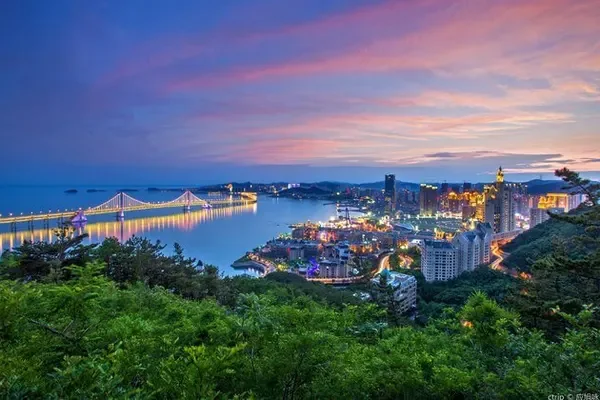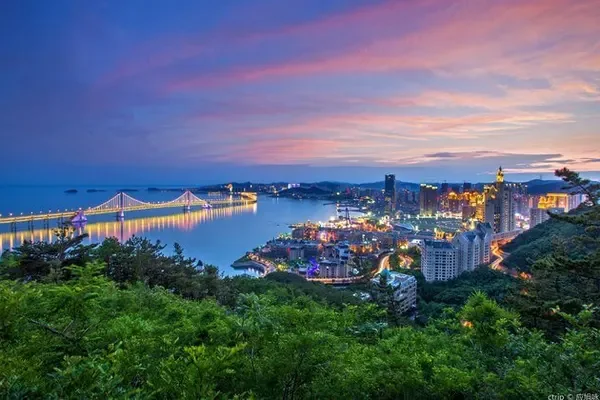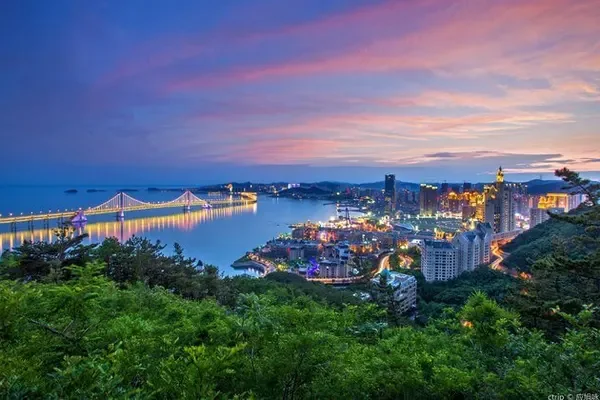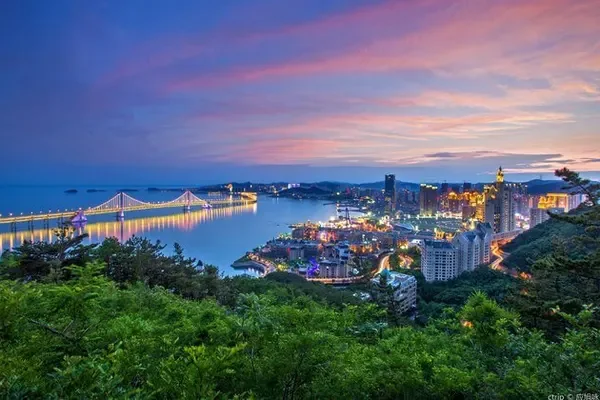Jimingyi City, located in Jimingyi Village, Jimingyi Township, Huailai County, Hebei Province, is a remains of a post station built in the Ming Dynasty (1368-1644). The post city covers an area of 220,000 square meters, with a nearly square plane and a perimeter of 1891.8 meters. The surface of the city wall is brick, and the inner layer is rammed earth. The bottom of the wall is 8-11 meters wide, the top is 3-5 meters wide, and the height is 11 meters. There are 4 corner platforms evenly distributed around the city wall. There is a gate in the east and west of Jimingyi City, with towers and Yandun outside the city. The five roads in the city criss-cross, dividing the urban area into twelve areas of different sizes. The buildings in the city are distributed in an orderly manner. The post office area is in the center of the city. There are also shops and dwellings left over from ancient times in the city.
Jiming Post City is a precious relic of China's postal and military posts. It has a post called Jiming Post and is named for its back against Jiming Mountain. Jiming Mountain, "Shui Jing Zhu" said that Zhao Xiangzi killed the king of Dai in Xiawu and merged his land, and Xiangzi welcomed his sister to Dai. His sister, Dai's wife, said so far that Dai is dead, and I will return, so she ground the hairpin on the mountain and committed suicide. Generations of people pity it, and set up a shrine, because the place is named Moji Mountain, and every night there are pheasants crowing on the shrine house, so it is also called Chicken Crowing Mountain. "Ming Yitong Zhi" said that Emperor Taizong of Tang Dynasty went to the mountain to hear the crowing of chickens, so it was named Crowing Mountain.
Looking down from the city tower, a 15-meter-wide avenue leads directly to the west gate, which is straight and spacious, without any obstacles. It is conceivable that the postmen held torches at night, flying horses to pass on the post, pedestrians avoided, and shoppers left to wait for the urgent and spectacular scene. There is an equally tall tower on the west gate, which is particularly interesting from a distance.
Shrouded in the morning mist, those yellow adobe houses and gray and red corrugated roofs, the smoke floating over the city, and the occasionally protruding branches of old trees all look desolate, mysterious and full of temptation. Entering the city, it seems like a world away. It doesn't look like a city at all, but like an old village. Many courtyards are ruined, with decaying grass scattered; some small courtyards have slightly closed gates; some houses have been tilted, and history seems to be staring out with deep eyes in the broken window lattices. The city has been quiet, few people go, let alone young people. This is a real old town.
For those who come from famous families, time can wear away their appearance, but it cannot change their innate temperament and spirit. This is the case with Jiming Station. An ancient building with brick and wood structure in the Ming Dynasty in the northwest of the center of the city gave me a taste of the vicissitudes of the ancient post station. The north house has been slightly repaired by the owner according to his own wishes, but the style remains the same. The west wing next to it is simple and natural amidst the old. It seems to be the witness of hundreds of years of rain, snow and wind and frost in this ancient station, and it is also like an ancient old woman. Although her face is covered with dust, she can't hide the beauty of the past.
Next, the shape and overall appearance of the architectural ruins in another ancient courtyard in the east of the city are well preserved, and there is no defect in the window lattice. From the roof to all the wooden components in the house, everything is antique. Because there are people living in it, it adds a lot of warmth to the ancient atmosphere.
According to people who visited the temple, in order to avoid damage during the Cultural Revolution, someone wiped a layer of mud on the murals. It is a blessing among misfortunes that these historical sites were spared. A little-known legendary story is hidden in a narrow alley in the middle of the city: After the Eight-Power Allied Forces entered Beijing, the Empress Dowager Cixi fled in a hurry and settled down in Jimingyi, where she lived with a man named He. one night. "History of the Qing Dynasty" records: "...It has not yet happened. The coalition forces of Germany, Austria, the United States, France, Britain, Italy, Japan, and Russia fell into the capital. ". The two brick carvings of "Jixi" and "Jijiefu" in the post city implicitly reflect this period of history. I think the story about Cixi's residence in the He family compound is not groundless, and that period of history is only more than a hundred years old.
A piece of horse tethering post buried in the soil, when the soil is removed, the "Qianc Jiacheng" engraved on it can be clearly seen in Yangwen regular script. It is too heavy to know the exact age. Just like this tethering post, the past prosperity of Jiming Station can be glimpsed through the scales and claws of some building components scattered in Jiming Station City. The Impression of Picking Wind at Jiming Station is so primitive and true, it freezes the history in a long time ago. The information conveyed by those broken bricks, broken tiles, dangerous buildings and dangerous walls helps people interpret the history of the largest and best-preserved ancient post station in China and understand its vicissitudes.
Looking from a distance, the ancient city wall of Jimingyi, hundreds of meters high, stands on the side of the dusty road, showing the vicissitudes of time. Cars coming from east to west hurried past them. Not many people would think that it is these dilapidated and inconspicuous city walls that separate hundreds of years of history from modern times. Hanhai blue sky, golden light shines all over. The east city wall, the pavilions on the east gate, and the tall Jiming Mountain in the distance against the azure blue background are all bathed in the soft golden morning light. And that mountain is like an old man who has experienced vicissitudes of life, with clear veins, peaceful and peaceful. Sitting firmly behind Jimingyi City, it is holy and solemn, protecting this ancient city that has also experienced vicissitudes. This ancient city is majestic and majestic, full of vitality in the desolation.






























